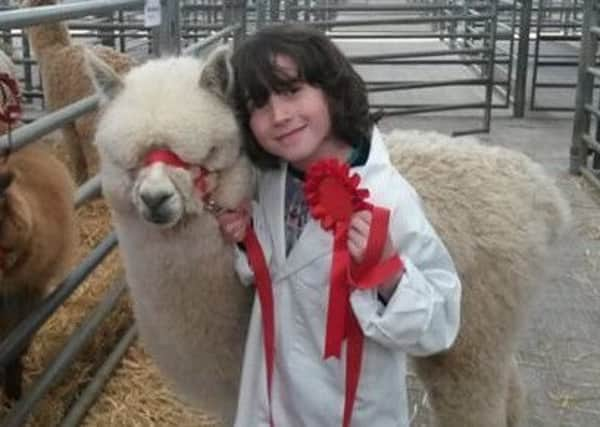Scottish Alpaca championships return to Lanark Market


The event will see a record entry of 140 alpacas being shown and judged as the best in colour group, then for best in show.
The Scottish Alpaca Group is a regional group of the British Alpaca Society, the breed society at national level.
Advertisement
Hide AdAdvertisement
Hide AdThe show is judged by a society-certified judge, and this year it is Rob Bettinson, from Rugby in Warwickshire.
Last year’s show was a great success, attracting lots of spectators, and organisers hope this year’s will be equally popular.
Stalls will be exhibiting and selling alpaca products, and there will be demonstrations of fibre craft and spinning.
Entry to the event is free, but donations for programmes will be used to support Marie Curie Cancer Care, which will also be there on the day with products and baking for sale.
Advertisement
Hide AdAdvertisement
Hide AdAmong the classes featured will be a junior handler competition, giving youngsters a chance to show off their skills.
Alpacas are members of the camel family, and originate in South America.
They were first introduced to the UK about 35 years ago, and the national herd has now grown to about 40000 alpacas.
In Scotland the number is smaller - in the order of 700
Alpacas are kept primarily for their fleece, which is a luxury fibre with amazingly grood thermal quality and which is extremely comfortable to wear.
Advertisement
Hide AdAdvertisement
Hide AdThey are very versatile animals, which are becoming increasingly used as therapy animals. They are calm and calming, and this makes them ideal in this role. They are very good as educational aids, and are being used to assist children in various ways. They are very beneficial when working with children on the Autistic spectrum.
Additionally, they have a role in farming as flock guards. They protect their own young against predator attacks, but are also just as protective when associated with lambs or poultry.